Why
Bringing Nature Home -- Doug Tallamy -- The science of why native plants are critical for wildlife, especially insects.
The Living Landscape -- Doug Tallamy and Rick Darke -- Thoughts and examples of resilient landscapes for wildlife.
How
Planting in a Post-Wild World -- Thomas Rainer and Claudia West -- It starts with the why, that get more theoretical and practical. This is a more advanced book, so you might want to read the "why" first, and even the next book.
The Know Maintenance Perennial Garden -- Roy Diblik -- How to create sustainable, layered, lush, seasonal gardens that look good year round and require less inputs over time. Complete with plants lists and blueprints.
Deeper Why
Principles of Ecological Landscape Design -- Travis Beck -- Principles and strategies for creating resilient landscapes. The way we've been to taught to garden and landscape isn't working, not for us, wildlife, or our cities.
For Whom
Pollinators of Native Plants -- Heather Holm -- A list of common forbs east of the Rockies and the pollinators that both use and rely on them.
Even Deeper Why
A New Garden Ethic -- Benjamin Vogt (hey that's me!) -- Urban and suburban gardens need a radical change for wildlife, climate change, and our own physical / mental health. Nature is crying for us to come back home.
And because we need pictures, have recent shots of a truly radical backyard that's sequestering carbon, improving soil, cleaning water, and providing functional beauty for wildlife and two humans:

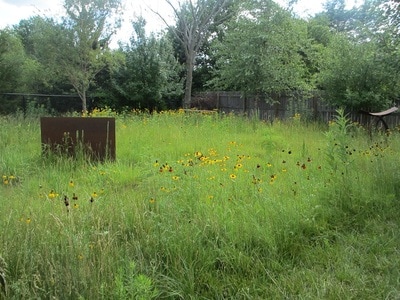
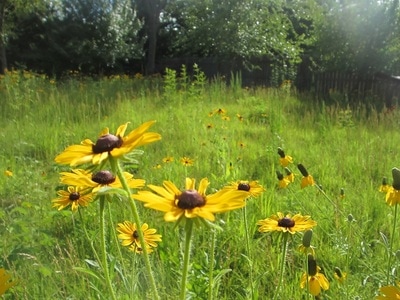
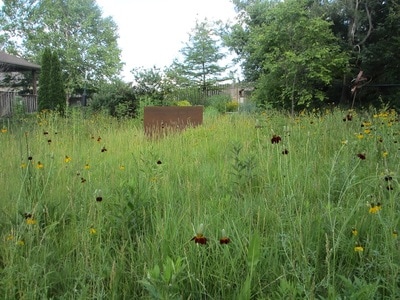
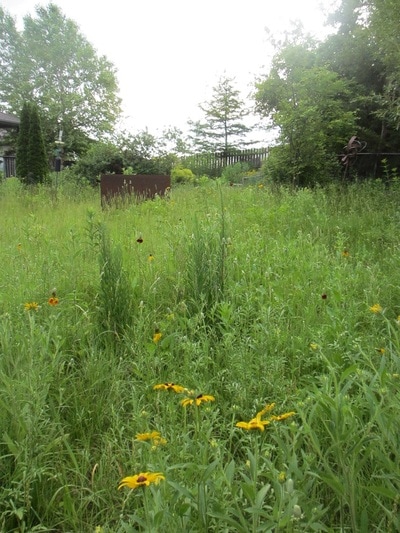
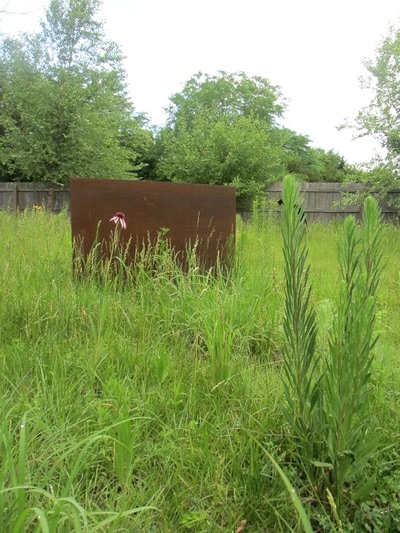
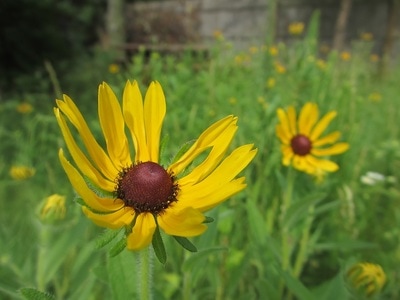
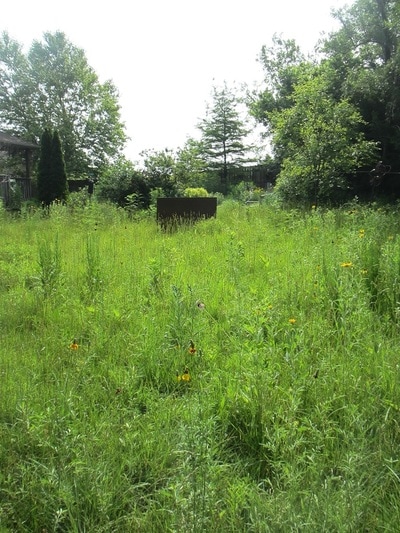
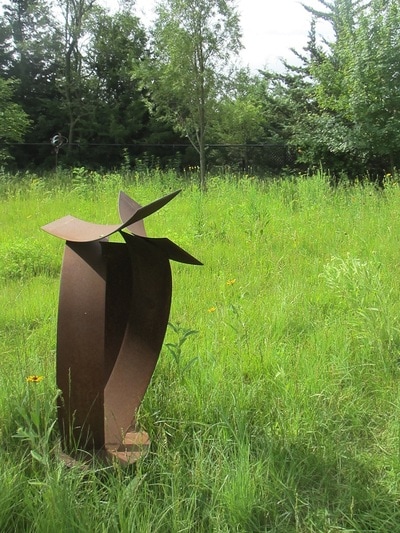
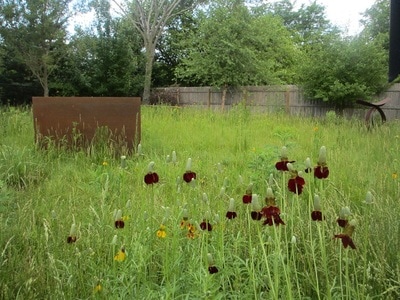
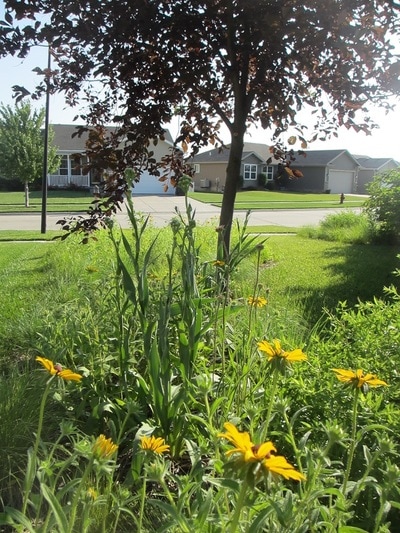
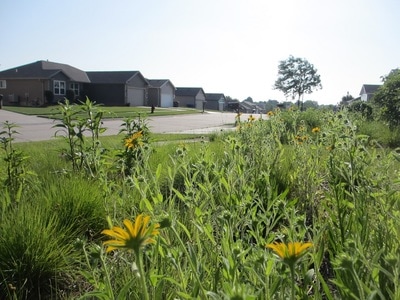
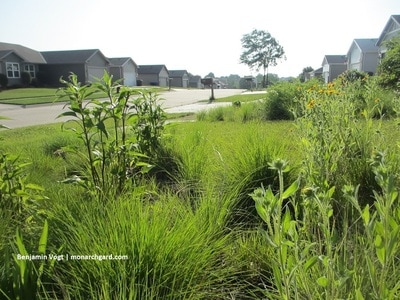
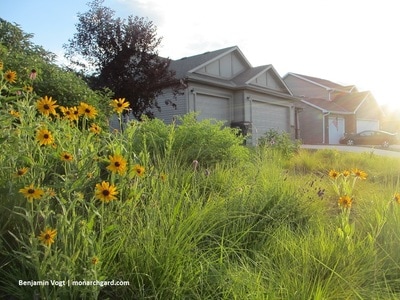
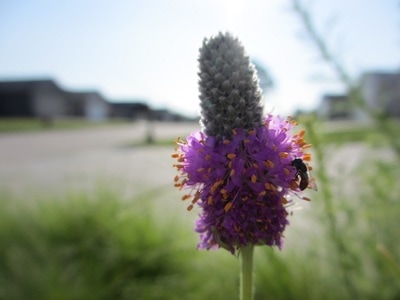
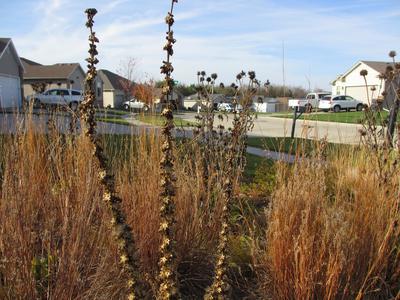
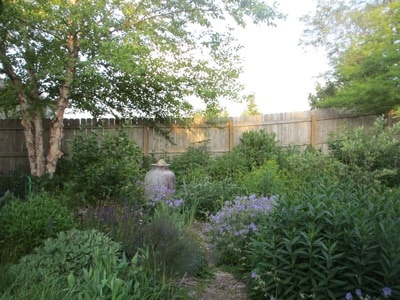
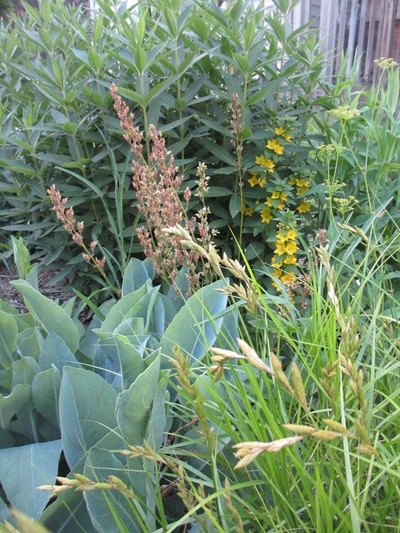
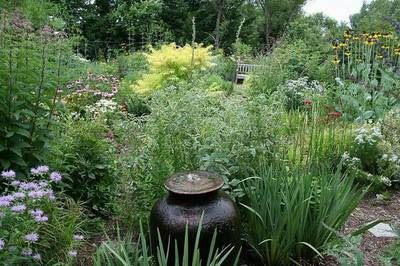
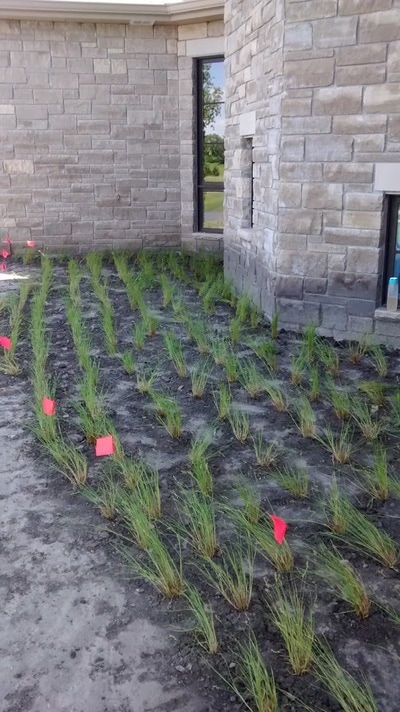
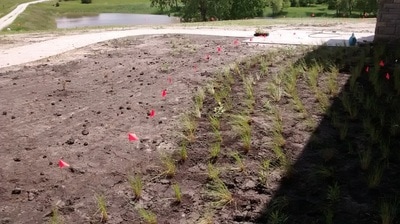
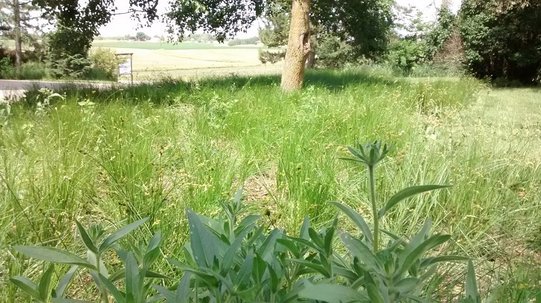
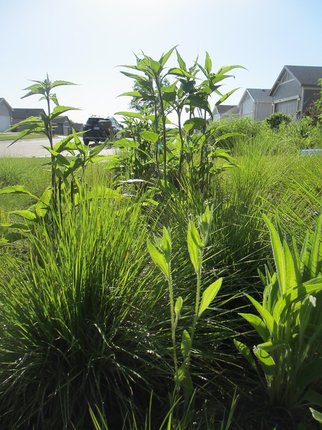
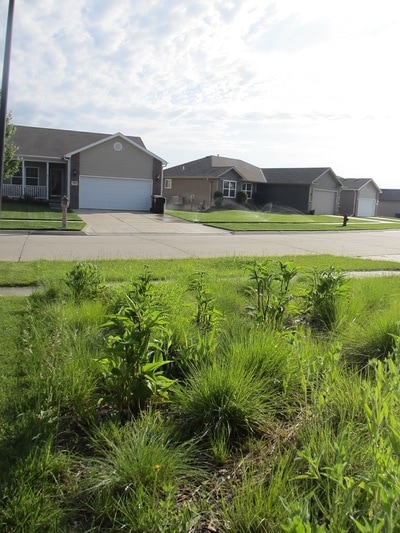
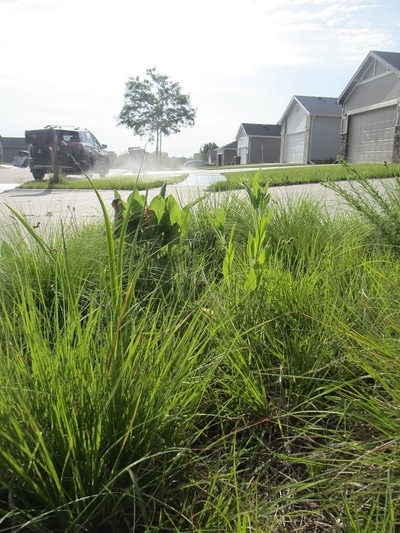
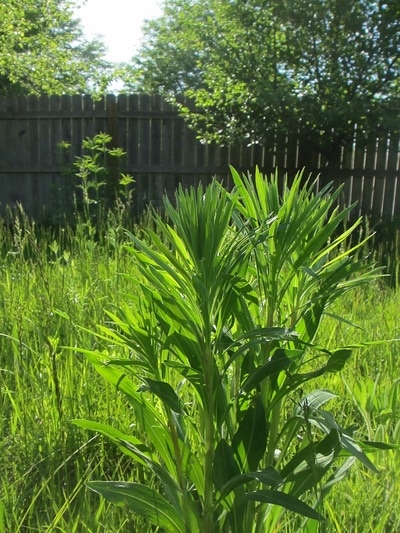
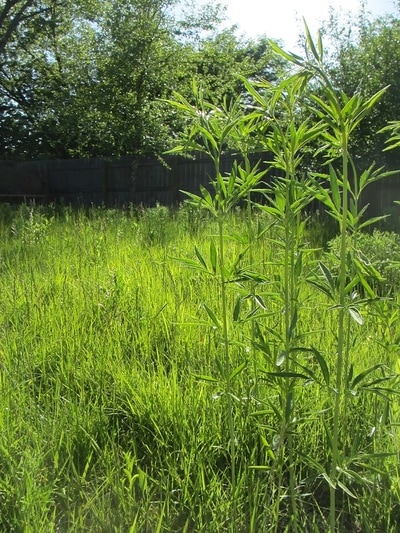
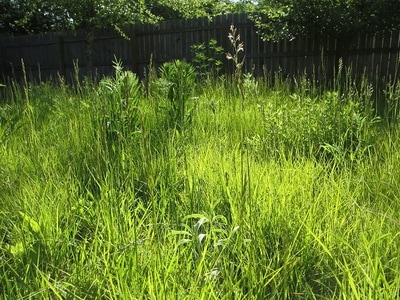
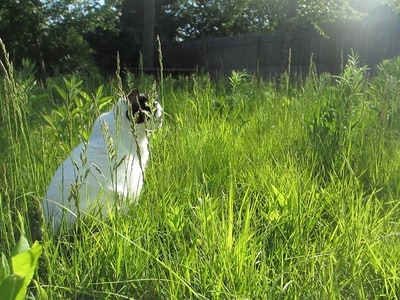
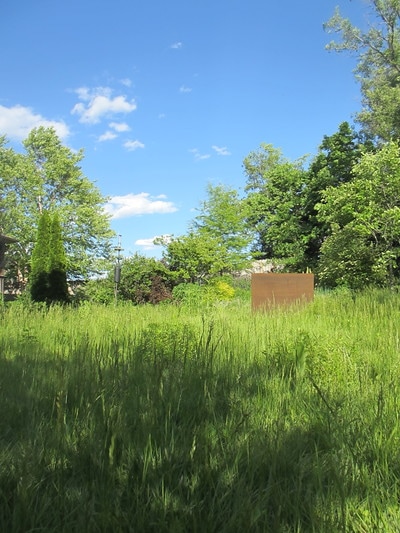

 RSS Feed
RSS Feed

